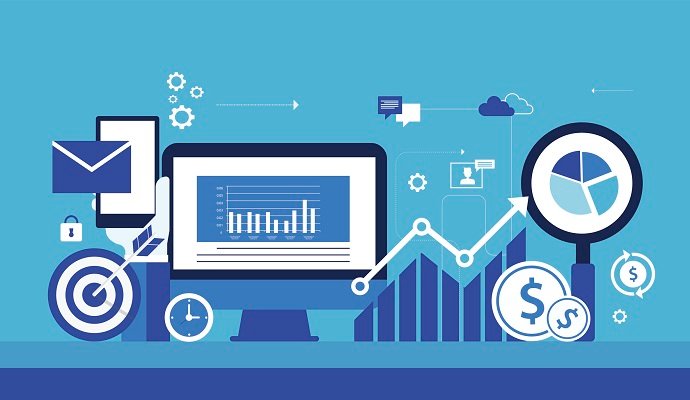
Predictive analytics is the use of statistics along with modeling techniques to predict future outcomes and performance. Predictive analytics analyzes historical and current data patterns to see if they are likely to return. This allows investors and businesses to make adjustments to their resources in order to benefit from future events. Predictive analytics can also be used to increase operational efficiency and decrease risk.
Predictive Analytics in Healthcare
Just days after the covid second wave hit that claimed many lives in India, the Supreme Court of India established a 12-member taskforce to distribute medical oxygen to the Union territories. The Supreme Court of India was concerned about the government’s plans and methods for medical oxygen distribution. Covid-19 already claimed thousands of lives during the second wave.
India’s already overburdened healthcare system has seen significant changes due to rising Covid-19 caseloads. In India, the situation is precarious. However, there was been a shortage of ambulances, medicine and hospital beds. Many hospitals have also sent SOS letters to the states.
The second wave of the virus was so destructive because the authorities didn’t anticipate its potential power and spread like wildfire. There was very little preparation.
Healthcare organizations could have used predictive analytics to help them identify potential resource shortages and other issues ahead of time. ACSG Corp is a critical infrastructure company that can bridge the gap by monitoring, analyzing and predicting data trends.
A potential defense system was developed by this company that uses data analytics. If used with intelligence, the data generated from the outbreak of the pandemic could change the dynamics.
Through official applications such as AarogyaSetu, data from Government Hospitals can be used to help with resource allocation based on various parameters related past developments and arising requirements.
Concern in Healthcare
India should be concerned about the importance of anticipating future events in a healthcare crisis. Analytics is increasingly being used by organizations to assess and understand risks. Analytics can help governments in times of crisis by analyzing patterns and predicting future challenges.
An analysis of the relationship between Covid-19’s first and second waves would have indicated that more medical supplies were needed, including medical oxygen.
Other benefits of Predictive Analytics
Predictive analytics can be used in many industries to make decisions.
Forecasting
Forecasting is vital in manufacturing as it allows for optimal use of resources within a supply chains. Forecasts are essential for the smooth functioning of critical parts of the supply chain wheel.
Predictive modeling can be used to optimize and clean up the data used in forecasts. To ensure an accurate forecast, modeling ensures that the system can ingest more data, even from customer-facing operations.
Credit
Predictive analytics are used extensively in credit scoring. Credit scoring is a process that uses data about the credit history of the consumer and business to predict whether the applicant will fail to repay any credit.
Underwriting
Underwriting is a complex business that relies heavily on data and predictive analytics. Insurance companies assess policy applicants to determine whether they will have to pay for a future claim. This is based on past payouts and the risk pool that has been created. Actuaries routinely use predictive models that compare past policyholders’ characteristics with claims data.
Marketing
When planning a new campaign, people in this field analyze how consumers react to the economy. These demographic shifts can be used to determine whether the current product mix will attract consumers to purchase.
When deciding whether to purchase or sell a security, active traders look at several metrics that are based on past events. The historical data used to predict future price movements is used to calculate moving averages, bands and breakpoints.






